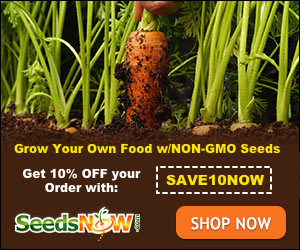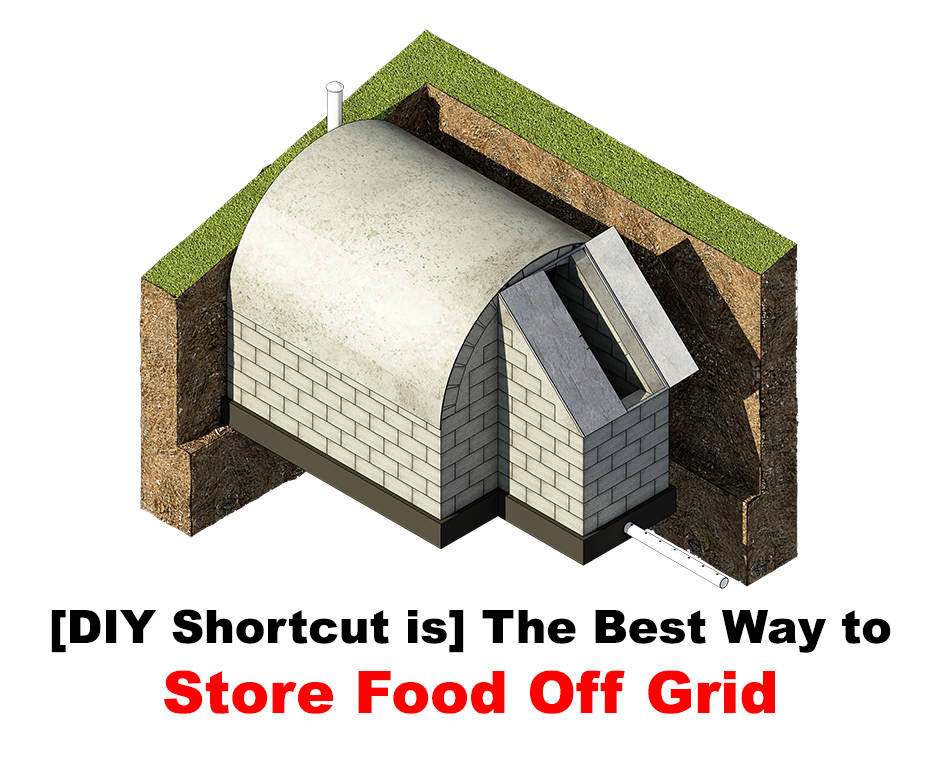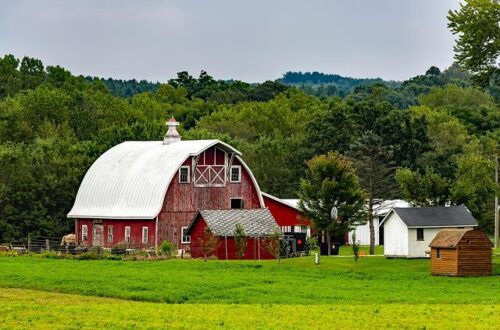Homesteading Garden Basics: How to Grow Produce in Your Garden

With the increasing interest in living off the land and homesteading, many people want to start their own homesteading garden. Here we go over some of the basics involved with starting out with gardening on a homestead.
What is a homesteading garden?
A homesteading garden is a garden that is used primarily for food production. This means that the garden is used to grow your own fruits, vegetables, herbs, and other plants that can be eaten or used to create medicines or natural remedies. Some people also sell produce to earn extra income. A homesteading garden can also be used to produce flowers for decorating or selling.
Starting a homestead garden is an excellent way to get your feet wet in gardening and learn about sustainable farming practices. There are several different ways to start a garden, and the best way for you to find success depends on your climate, location, soil, and budgetary constraints.
{Affiliate links included below}
How big should a homesteading garden be?
When considering the size of a homesteading garden, the first question to ask is how much space you have available. A typical sized homesteading garden can be as small as half an acre or as large as 10 acres. In between, there are a variety of options for garden size that are based on your needs, finances and abilities.
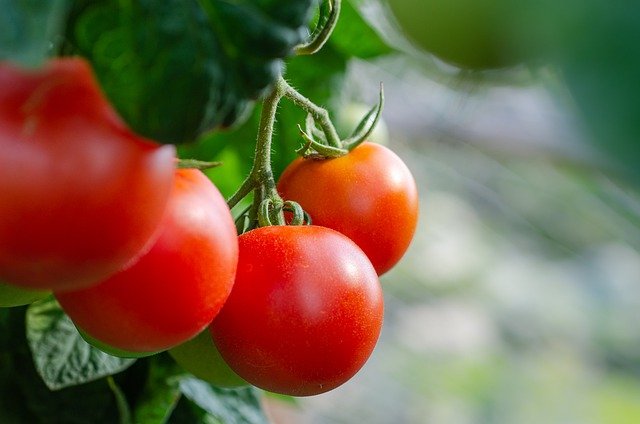
One common size for a small homesteading garden is in the range of one to five acres. This size range is ideal if you have access to land that is ready to use or if you anticipate expanding your property in the future. A relatively smaller garden can provide enough space to produce a variety of crops and flowers, while still allowing you to grow most of the vegetables and fruit that you want to eat.
Benefits of a homesteading garden
Living a self-sufficient life has many benefits, one of which is the ability to grow your own food.
Here are some of the top benefits from having your own homesteading garden.
Food Security
A homesteading garden can provide you with fresh vegetables and fruits year-round, as well as herbs and flowers for use in cooking, herbal medicine, or decorating your home.
In a day of increasing inflation and threats of food shortages, having access to your own food supply is a real plus.
If you grown more produce than you are able to use or store, you could sell the excess to make money.
Stewardship of the environment
Homegrown food is environmentally friendly since it uses less energy and resources to produce than food that comes from commercially raised livestock or crops.
You can also choose to use organic gardening methods with less toxic herbicides and pesticides, thus keeping harmful chemicals out of the environment.
Self-reliance
A well-managed garden will reduce your reliance on grocery stores, saving you money in the long run.
You’ll also have the satisfaction that comes with eating produce grown with the labor of your hands.
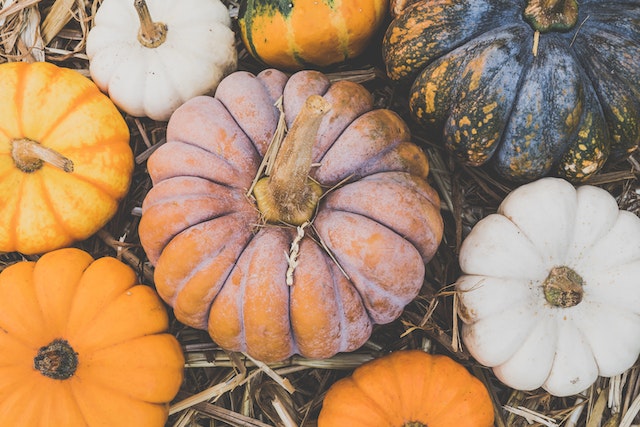
Food quality
Fresh, local produce is almost always of higher quality than conventionally grown produce raised on mega farms that is shipped thousands of miles before being sold and consumed.
Fruits and vegetables grown organically often contain more antioxidants and vitamins than their conventionally grown counterparts.
Preparing the soil
The process of preparing your soil is key to success in gardening, so here are some tips on how to do it.
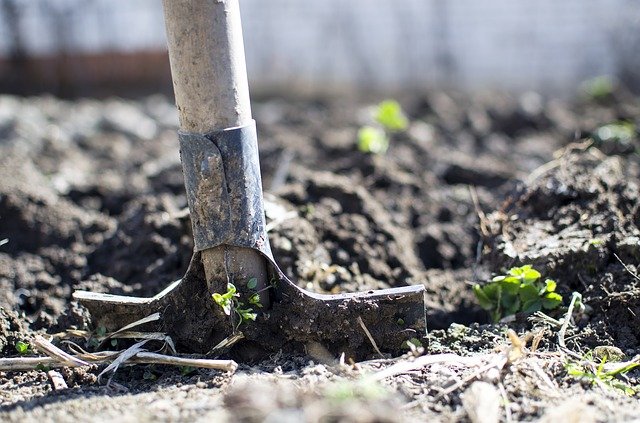
First, make sure the area you’re planning to garden in has been well drained. Waterlogged soil will not allow plants to grow properly and will result in wet roots and unhappy plants.
Secondly, work plenty of organic matter (such as composted manure) into the soil before planting your seeds or bulbs. This will help encourage healthy plant growth and improve the texture of the soil.
There are a variety of soil testing kits available to help you evaluate the quality of your soil and find out what amendments may be needed.
Finally, have an adequate irrigation system in place. Water your plants regularly — particularly during hot, dry weather – but don’t over-water as this can cause root rot.

Choosing the right plants
When it comes to choosing plants for your garden, there are a few key things to keep in mind.
First, find out what types of plants do well in your area. You can talk to local gardeners or consult online resources for help with finding the best plants for your region.
Next, consider whether you will be consuming fresh all or most of your produce, or whether you want to can or otherwise preserve your crops. If you want to can tomatoes or green beans, you’ll want to grow more than the amount needed for fresh consumption.
You’ll also want to decide if you want only heirloom, organic plants or if you are open to genetically modified options such as modern varieties of corn.
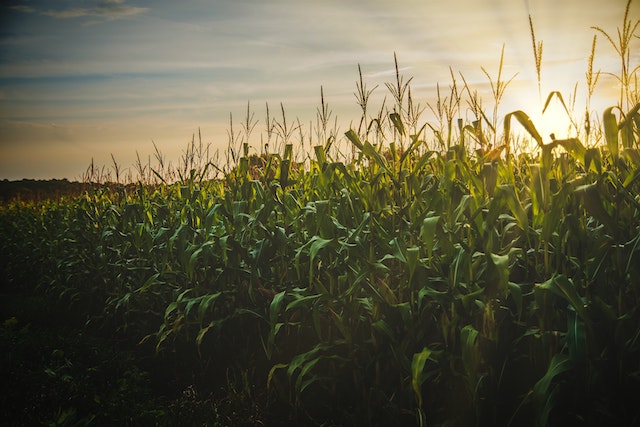
Finally, choose plants that will complement one another in your garden. Companion planting is an excellent option where plants support each other in resisting pests and improving yield.
Gardening on a budget
If you’re looking to garden without breaking the bank, there are a few things to keep in mind.
Consider starting plants from seeds instead of buying them from a greenhouse. This will save you a lot particularly if you have hundreds of plants.
You may also want to use perennial plants rather than annuals. Perennials only have to be planted once and then come back year after year.
Look for free or low-cost compost. Check with local farmers to see if they would share composted manure, which is a wonderful addition to soil fertility.
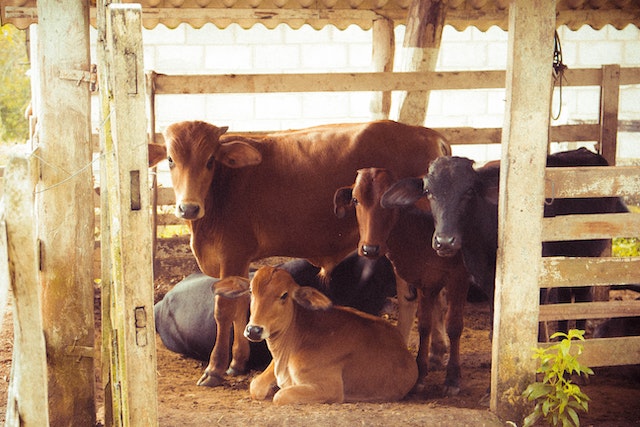
Finally, scout around for used gardening tools and equipment such as shovels, rakes or tractors. Check local classified ads, garage sales, and flea markets for some of the best deals.
Starting a homestead orchard
Starting an orchard can seem daunting, but with the right tips and planning, it’s not as hard as you may think. Having your own fresh apples, peaches, grapes, and other fruits will be great additions to your homestead.
Here are a few tips to get you started:
- Choose a site for your orchard that is well-drained and has plenty of sunlight. Orchards need at least six hours of sunlight per day, so choose a location that will provide this.
- Build your orchard in layers, starting with the soil surface and working your way down to deeper layers of soil. mix in organic matter (compost) before planting your trees. This will help ensure healthy growth and fruit production.
- Find out what fruit varieties do best for your growing region.
- Plant trees according to their variety and recommended planting height range. For example, plums are usually planted 6-8 feet tall while apples are typically planted 4-6 feet tall.
- Plant fruit trees at the proper spacing. Trees should normally be planted about 20 feet apart in rows.
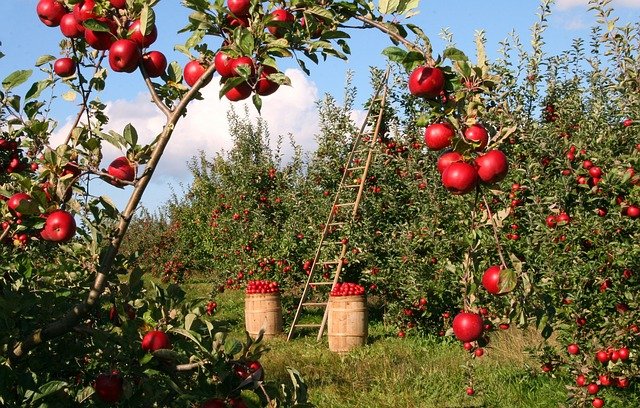
Storing and preserving produce
After going to all the work of planting, tending and then harvesting your garden produce, you’ll want to store and preserve it in a way that makes it last as long as possible.
Store fresh produce in a cool, dark place, such as a root cellar. This will help keep it fresh longer.
You can freeze some fresh produce immediately after harvesting. This will preserve its nutrients and flavor.
Anyone with a garden or a small plot of land can easily start canning produce to enjoy all year round. There are many different types of canned goods that can be made, and the possibilities are endless. All you need is some basic equipment and some knowledge about how to can produce.
Here are some tips on how to can produce:
- Start by picking your products and deciding what to can. Canning is a great way to preserve fresh fruits and vegetables for use throughout the year. You can choose from items such as tomatoes, fruit jams, jellies, pickles, salsa, and more.
- Get organized before you start canning. Make a list of what you will need before starting: a pressure canner, jars (canning jars come in various sizes), lids, rings, boiling water, processing time (time required for each product), canning utensils, etc.
- Carefully follow instructions for canning based on the type of produce and the equipment you’re using. Improperly canned foods can go bad, leading to serious forms of food poisoning.
The Ball Blue Book Guide to Preserving is the classic how-to guide with over 500 recipes for canning and preserving your harvest.

Final Thoughts on Homesteading Gardening
A homesteading garden offers a great way to get your hands dirty, grow your own food, and connect with the earth.
Whether you’re new to gardening or have been doing it for years, a homesteading garden is a rewarding way to learn new skills and add fresh produce to your meal rotation.
If you’re interested in starting your own garden on your homestead, the above tips should help you succeed and thrive.
Happy gardening!




